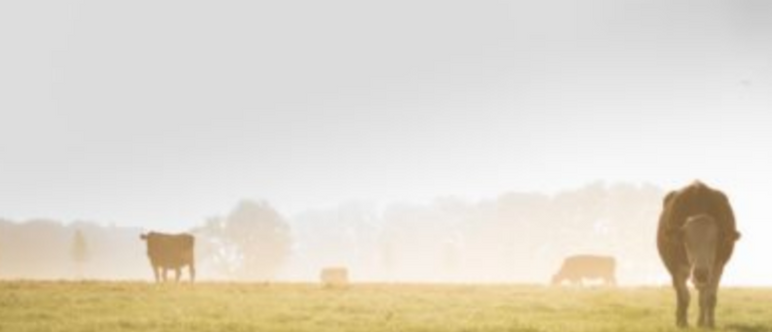
Forage programs vary greatly, even on adjacent farms. Reasons include that soils and other resources vary, the objectives and inclinations of producers may not be the same, and the species, classes, and breeds of livestock differ from one farm to another. However, despite diversity regarding the details, forage producers who have the most profitable forage programs seem to have similar attitudes and take similar approaches.
Appreciation For Forage Crops
To increase profit requires increasing income and/or lowering costs. Feeding grazing animals is the largest expense associated with raising them, and forage is almost always the least costly option. Without a deep-down appreciation of the value of a good forage program, a livestock producer is not likely to have one.
Know Forage Options
A forage program must be developed within the limitations of climatic and soil conditions. It is in the best interest of a producer to be aware of all the forage species that could be grown in each field and to know the important characteristics of each. You can’t select the best options if you don’t know what the options are!
Lime And Apply Fertilizer As Needed
Agronomists emphasize the importance of soil testing followed by applying recommended levels of lime and fertilizer. However, fertilizer recommendations are based on the assumption that all of the forage produced will be used. Therefore, periodic adjustments in the timing and/or rate of fertilization and/or grazing management approach (discussed later) will likely be needed.
Use Legumes Where Feasible
Forage legumes offer some unique and valuable attributes as compared to grass-only pastures. These can include biological nitrogen fixation, improved forage quality, a longer grazing season, and increased forage yield. Legumes have the potential of lowering input costs by reducing the need for applying nitrogen fertilizer and simultaneously increasing animal performance.
Forage Quality Awareness
Low digestibility (low energy) is the primary nutritional limitation on most livestock farms. Hay quality, in particular, needs to be improved on many farms. Many factors can affect hay quality, but the single most important is stage of maturity at harvest. In pastures, forage quality can often be improved through species selection (such as planting legumes into grasses). In addition, keeping stocking rates at a level that will maintain enough leaf area to allow good rates of photosynthesis, but high enough to prevent forage from becoming too fibrous, has a major impact on animal performance.
Avoid Or Control Pests
Pests steal nutrients, water, light, and/or space from forage plants. The best defense against plant diseases is to select varieties known to be resistant to common diseases. Insect damage can usually be minimized by periodic monitoring followed by insecticide applications as necessary. Some weeds are much more troublesome than others, but most are poor yielders, some are unpalatable, and some have low forage quality. Weeds should not be allowed to dominate forage fields, and action is required when weed populations get out of hand.
Strive For Grazing Efficiency
For forage to benefit a livestock producer economically, it has to be consumed by livestock at a time when it has good nutritional value. Both the quality and quantity of forage in a pasture vary over time. It is difficult to make general statements regarding grazing management because the resources, types of livestock grazed, types of forage plants present, and producer objectives vary greatly. Each producer must decide which grazing management techniques are appropriate for his or her operation. However, on many farms a higher level of grazing management could sharply increase forage utilization, animal performance, and profit.
Keep Stored Feed Requirements Low
Hay usually accounts for about half the cost of beef production. Pasture is much less expensive, so lowering stored feed expenses will likely add profit to the operation. Examples include: using both warm season and cool season forages when possible; “filling in gaps” in pasture forage production through selection of species and varieties that have differing growing seasons; grazing crop residues, and stockpiling forage. It costs less when livestock harvest the forage as compared to a livestock producer harvesting it for them.
Minimize Hay Storage And Feeding Losses
In the Southeast, the typical livestock producer who stores large round bales outside for several months with no protection is probably losing at least 30% of the dry matter of his hay due to weathering. In addition, waste during feeding is higher with weathered hay. Also, the forage quality of weathered hay consumed is lower.
Furthermore, poor feeding practices alone can result in loss of over half the hay fed. Hay losses are real losses, because all of the inputs in terms of time, effort, and money have already been invested.
Keep Trying To Improve
We generally receive benefits in direct proportion to what has been invested. In any given community, the livestock producers who have the best forage programs will almost certainly be the ones who have put the most into their forage programs.
__________________
Foraging Ahead is a column presented by Ragan & Massey and written by Dr. Don Ball, Professor Emeritus at Auburn University. Dr. Ball is one of the authors of the popular book “Southern Forages” available here.
